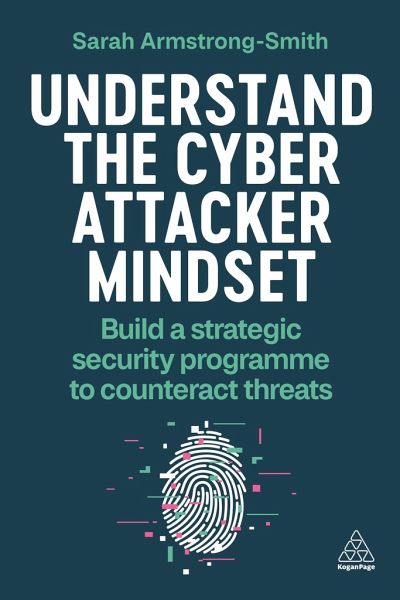
Understand the Cyber Attacker Mindset
Build a Strategic Security Programme to Counteract Threats
Versandkostenfrei!
Versandfertig in 1-2 Wochen
41,99 €
inkl. MwSt.
Weitere Ausgaben:

PAYBACK Punkte
21 °P sammeln!
Delve into the inner workings of the cyber criminal mind and how to defend against their attacks with this strategic deep dive into the human side of cybersecurity.



